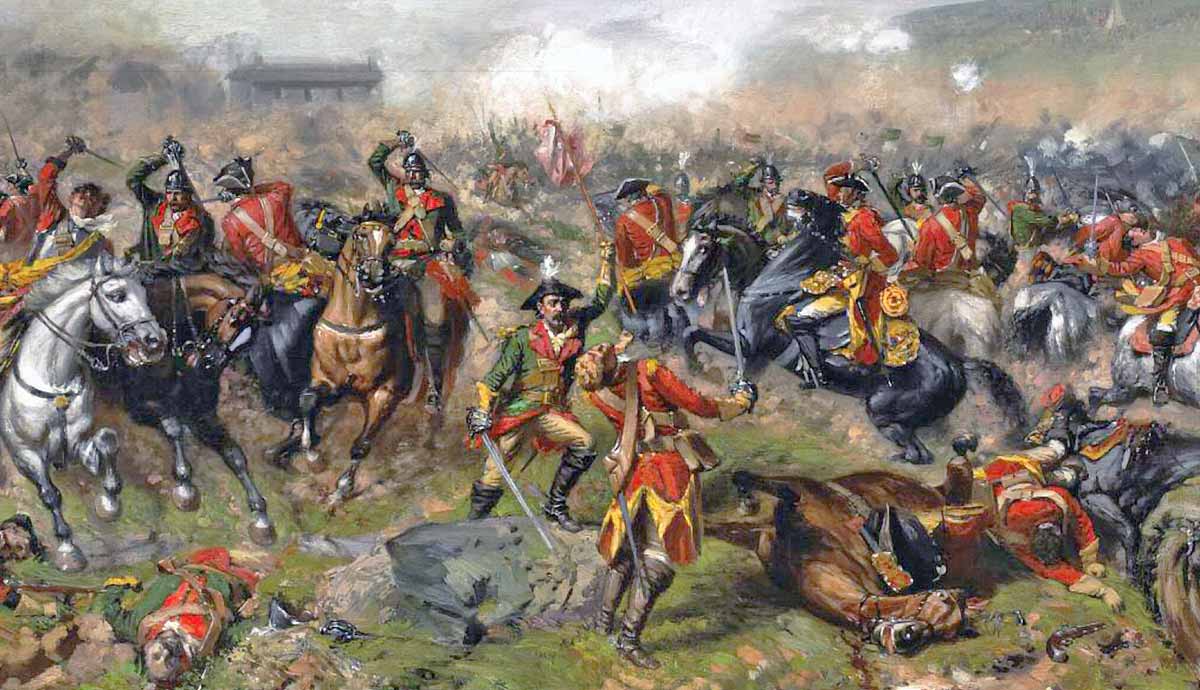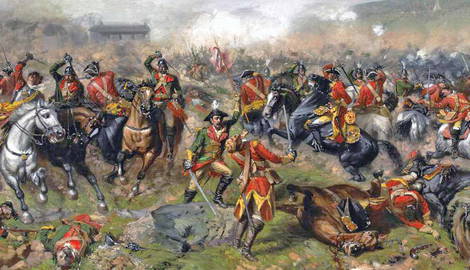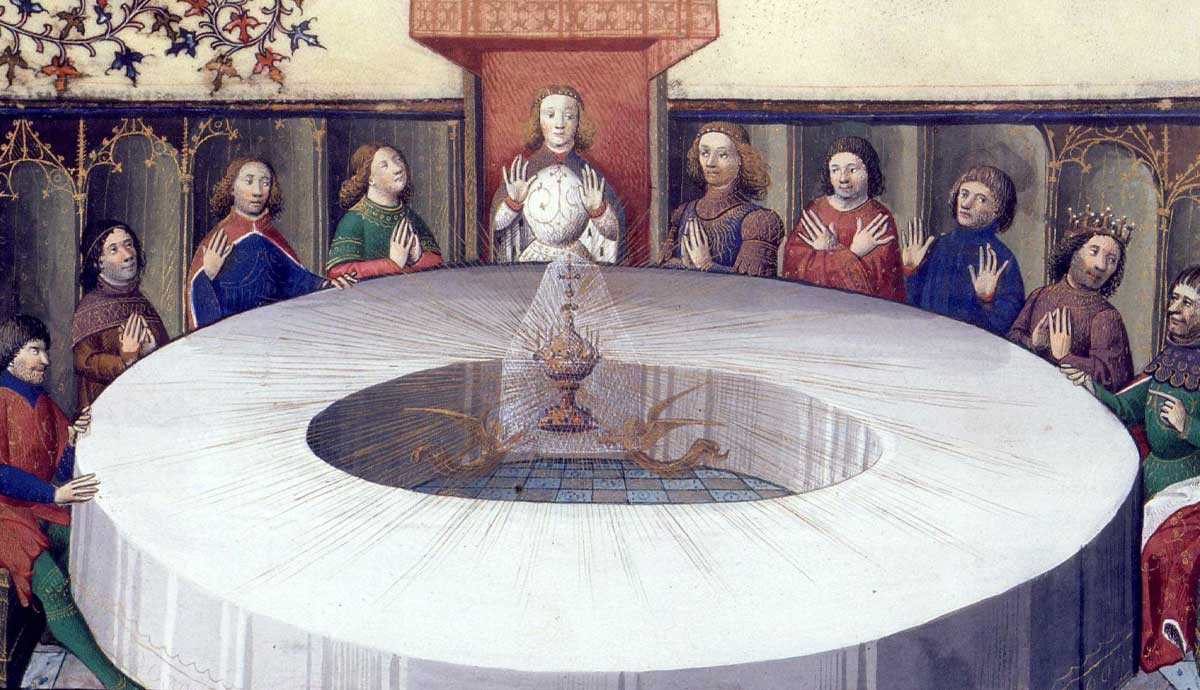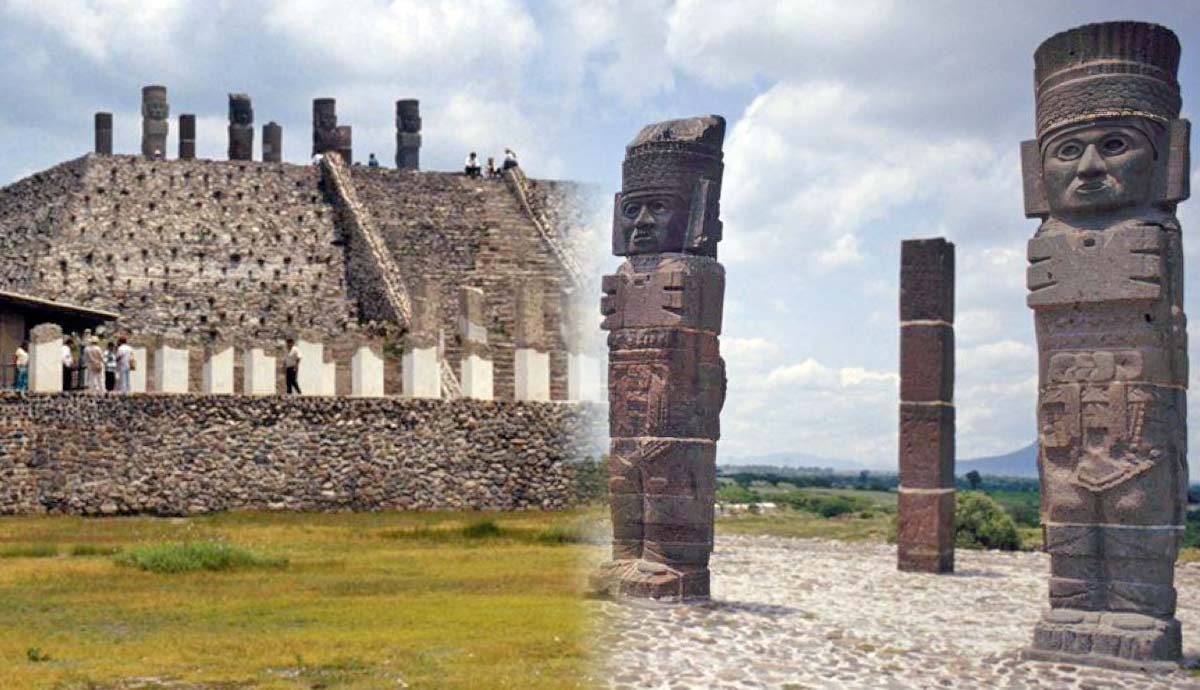
The Glorious Revolution of 1688 that brought Prince William of Orange to the throne of England at the expense of King James II soon caused Ireland to be dragged into a European war as part of a contest involving Britain, the Netherlands, France, Spain, and the Holy Roman Empire. As the deposed King of England sought to regain his crown, he succumbed to defeat against William’s multinational force at the Battle of the Boyne in 1690. The Williamite Wars continued into 1691, with lasting consequences for Ireland.
The Glorious Revolution

In 1685, King James II succeeded his brother Charles II as King of England and Scotland. Although James was a Catholic, the Protestant majority in both nations accepted his right to rule, anticipating the succession of his Protestant daughters Mary and Anne upon his death. However, the birth of a son to his Catholic wife Mary of Modena alarmed the English political establishment.
Fearing the return to Catholicism, prominent English Protestants offered the crown to Prince William of Orange, the stadtholder of the Netherlands and husband of James’ daughter Mary. The outbreak of the War of the Grand Alliance (1688-97) in the European continent encouraged William to accept the offer and prevent the prospect of a Catholic Anglo-French alliance.
After William landed in England in November 1688, James’ army saw mass defections and he fled England in December. James’ cause was not helped by the actions of his deputies in the years prior where Protestant militias had been disbanded and the standing army purged of non-Catholics. Irish soldiers began to make up a disproportionate amount (nearly two thirds) of the royal army and Catholic officers were appointed to important roles.
James fled to Ireland where he called a parliament that was overwhelmingly Catholic. Most of Ireland had declared for James, apart from some areas around Fermanagh and Derry where the Jacobites mounted a lackluster siege against a determined but cautious defence. Protestant horsemen from Fermanagh, descendants of the Border Reivers, launched attacks on Jacobite lines and defeated a Jacobite army with infantry support. The arrival of Williamite troops in September 1689 brought relief to the Protestants in Ireland.
A European War

His advance guard of 14,000 was led by an experienced German soldier, Frederick Schomberg, but their failure to press their numerical advantage led to a prolonging of the war and the death of nearly half his force to disease in their winter quarters. William arrived in 1690, leading an army of 36,000. William’s army included a vast array of nationalities as this was but part of a larger war. The Danes were nearly a fifth of his force and were sent to honor a treaty. He had also had state troops from the Netherlands as well as Protestant French and German contingents. Lastly, Protestant Irish and British offered their services.
Arrayed against them were Irish, British, and French soldiers. Royalists loyal to James had fled to Ireland while the king of France provided military assistance to his fellow Catholic monarch. It was in French interests to support the fighting in Ireland and Scotland to divert British resources from the continent. It was a poor trade for the Irish, as the Irish soldiers who served in French uniform were more experienced than the raw French recruits in Ireland.
Both armies were equipped in a similar manner, though the Williamite forces possessed superior equipment. The Jacobite muskets were mostly matchlocks while the Williamites had a high proportion of the more modern flintlock. There were also fewer pikemen in the Williamite forces. The Irish had about five musketeers per pikeman while the Williamites typically had six to one, or in the case of the Danish contingent, no pikes at all.
Battle of the Two Kings at the Boyne

Two kings came to blows on July 1, 1690. James made a bold stand at the River Boyne to oppose the crossing of the superior Williamite army. The Williamites used numbers to their advantage, forcing a crossing at three points on the river. This forced the smaller Jacobite force to split their army correspondingly. The Dutch Blue Guards made a determined crossing, sweeping away the raw Jacobite infantry before enduring wave after wave of Jacobite cavalry, so much that even William feared his elite troops would be wiped out.
The cavalry were eventually driven off by reinforcing Danish troops but the Jacobite horsemen again prevented a rout of their infantry by fighting a rearguard action. Most armies suffered heavy casualties in retreats, but the constant cavalry charges bought time for the Jacobite infantry to escape. They paid a heavy price, and the next day only 16 unwounded men could be found in a regiment of 200 while another could muster only 30 fit for duty. The bulk of the Jacobites escaped and ultimate victory for the Williamite forces would be still a year off. The battle had also cost the life of William’s experienced general Schomberg, who had argued against William’s desire to force a crossing of the Boyne earlier in the day.
The Boyne remains one of the most famous battles in Ireland. Although it was more of a skirmish, with fewer than 2,000 dead out of over 50,000 combatants, it was an important strategic victory, enabling the Williamites to secure possession of Dublin. Perhaps even more significantly, the battle had a major impact on morale. William was praised by his troops for his conduct in the battle and his reputation grew on the continent. James, who had fled from the field, earned the expletive epithet Séamus a’ chaca from his disgruntled Irish troops.
Sieges and Raids

Williamite forces took Dublin two days later. The Jacobites retreated behind the line of the river Shannon, abandoning the east of the country to William. The Williamites split into two columns, one to lay siege to Athlone while the second marched for Limerick. Both sieges were unsuccessful. A breach was formed in Limerick but the Williamites lost hundreds of troops storming it. They were also hampered by a daring raid by Patrick Sarsfield, a Jacobite cavalry officer, who ambushed their siege artillery en route to the city, destroying it all.
Guerrilla warfare increased during 1690 and into 1691 as the Williamite forces suffered the depredations of the rapparees and tories, Irish partisans who ambushed columns and convoys, forcing troops to be diverted to garrison and escort vital assets. Williamites were also hampered by the poor state of infrastructure in the country, a Corporal Trim declaring “the whole country was like a puddle.”
In September 1690, the Earl of Marlborough (who would later achieve greater fame as the victor of the Battle of Blenheim and the ancestor of Winston Churchill) led an amphibious operation to take Cork and Kinsale for William. James (and many French troops) had already left Ireland for France, to the derision of his soldiers. The Jacobite camp began to split between a war and peace party, with some arguing for negotiations while others, like Sarsfield, aimed to fight to the bitter end. The Williamites slowly consolidated their hold on the country, holding nearly three quarters by the spring of 1691. French naval victories had boosted Jacobite morale but the land war was still very much in William’s favor. The Jacobites held out in hope for more support from France.
Battle of Aughrim

French ships arrived in Limerick but they brought only officers and weapons and no troops. Both sides began mustering for the final struggle, the Williamites taking Athlone on June 30. A French general, Marquis de St. Ruth, took command of the Jacobite forces in the face of increasing fractures in the Jacobite camp. He was opposed by a Dutchman, Godert de Ginkel, another professional soldier who took charge after William left Ireland.
St. Ruth dug his army in along a defensible ridge, and for once his army of roughly 20,000 was similar in numbers to the Williamites. Heavy mist prevented the battle until afternoon of July 12. The initial Williamite attack was thrown back with heavy losses, a Danish soldier describing “the ridges to be ablaze” with musketry. Overjoyed at the infantry’s success, St. Ruth ventured forward to his cavalry and was decapitated by a cannonball. Now leaderless, the Jacobite army began to disintegrate, the cavalry abandoning the infantry in a cruel reversal of the Boyne. Despite these setbacks, some infantry continued to fight till nightfall.
Sarsfield led some cavalry in a rearguard action but many Jacobite infantrymen were killed by pursuing horsemen. The Williamites lost heavily too, with Jacobite troops executing prisoners when the battle was lost, a common practice. With over 4,000 Jacobite dead and at least 2-3,000 Williamites, the battle is believed to be one of the bloodiest ever fought in Ireland or Britain. An eyewitness described “the bodies looked like a great flock of sheep, scattered up and down the country for four miles.”
Flight of the Wild Geese

While lesser known than the Boyne, Aughrim at the time was the bloodier and more decisive battle. The Williamites were generous in their praise. “Never did the Irish fight so well in their own country as they did this day” stated one soldier, while another remarked, “Never was an attack made with more bravery and courage.” Aughrim was the last battle of the war. Galway surrendered on July 21 and Limerick on October 3 after a brief siege. Aughrim had shattered the Jacobite army. With no hope of victory, Sarsfield surrendered the remnants of his army at Limerick.
Soldiers had three options: return home, join the Williamites, or be shipped to France to join the Irish Brigade there. 2,000 lay down their arms to go home, 1,000 changed sides, the remaining 14,000 left Ireland forever, sailing to France as the Wild Geese, emigrant Irish soldiers fighting for France on the continent. Others ventured to Austria, Spain or Italy to soldier there. They were not the first nor the last Irish soldiers to fight under a foreign flag.
The terms of the Treaty of Limerick were not honored. With three bloody wars in less than a century, the Protestant Ascendancy that dominated the Irish Parliament had no intention of easing up on the Catholic population. A series of Penal Laws were brought in to restrict Catholic rights. This policy of oppression would continue until Catholic emancipation was introduced by the Duke of Wellington in the 19th century. The Jacobite cause would continue until its final bloody repulse at Culloden in 1745.










